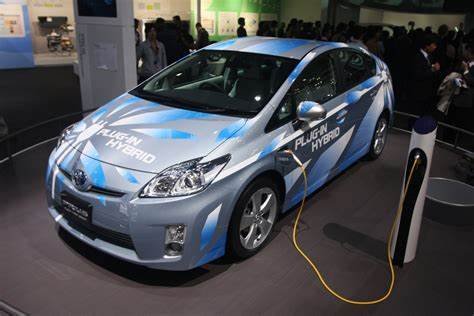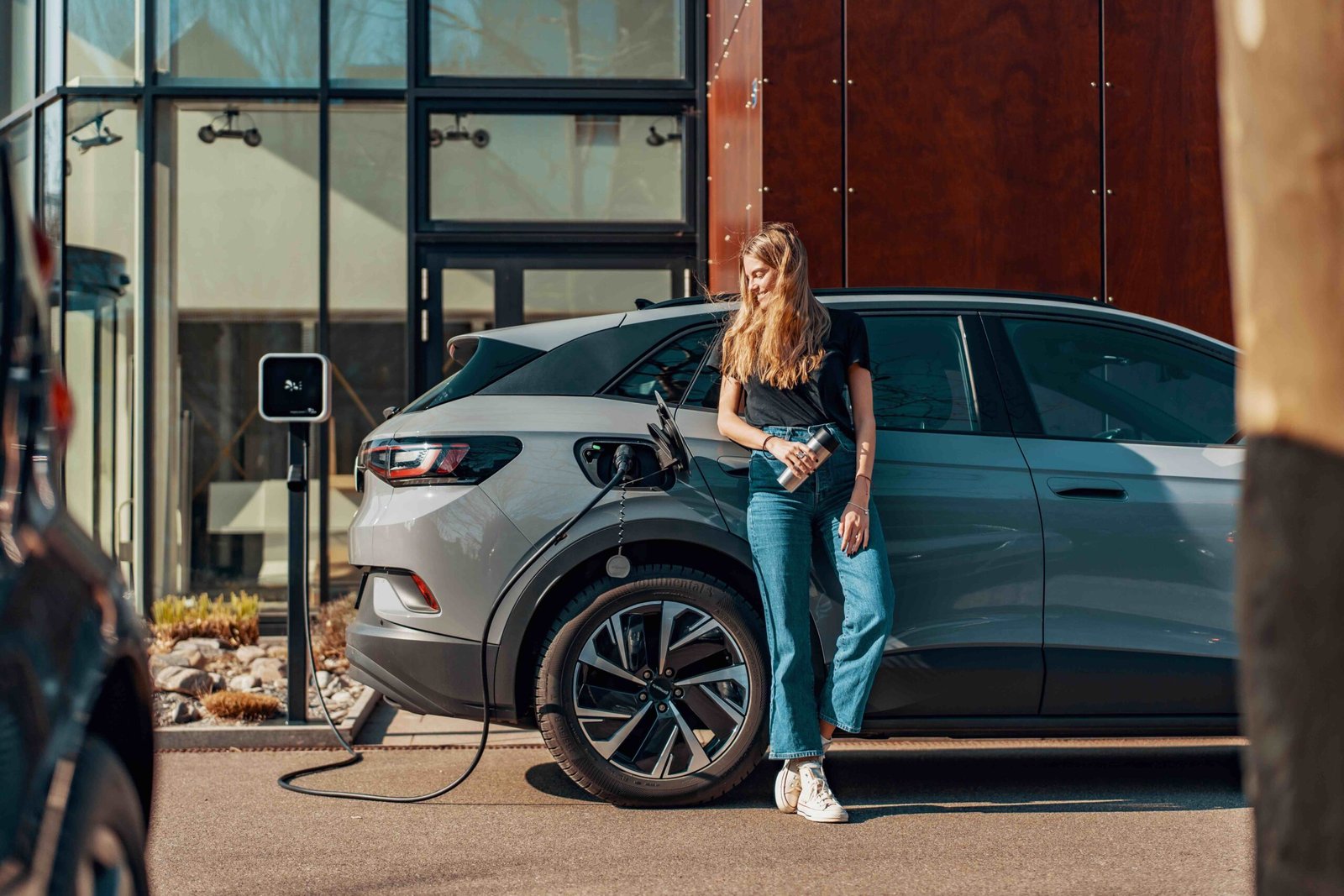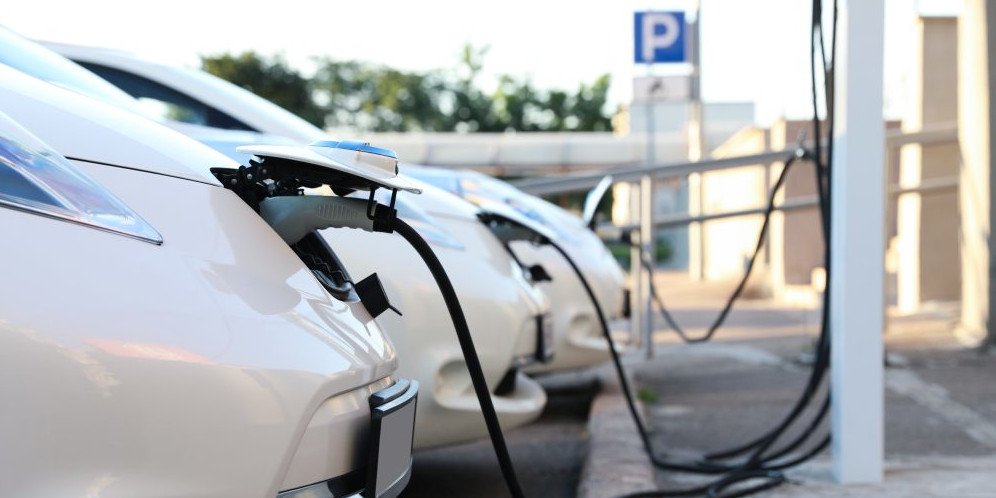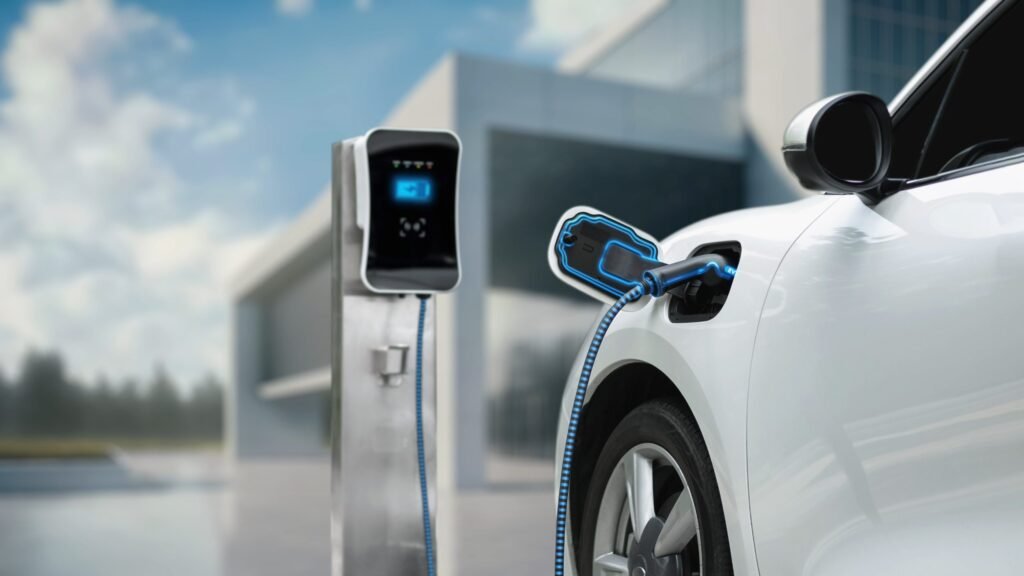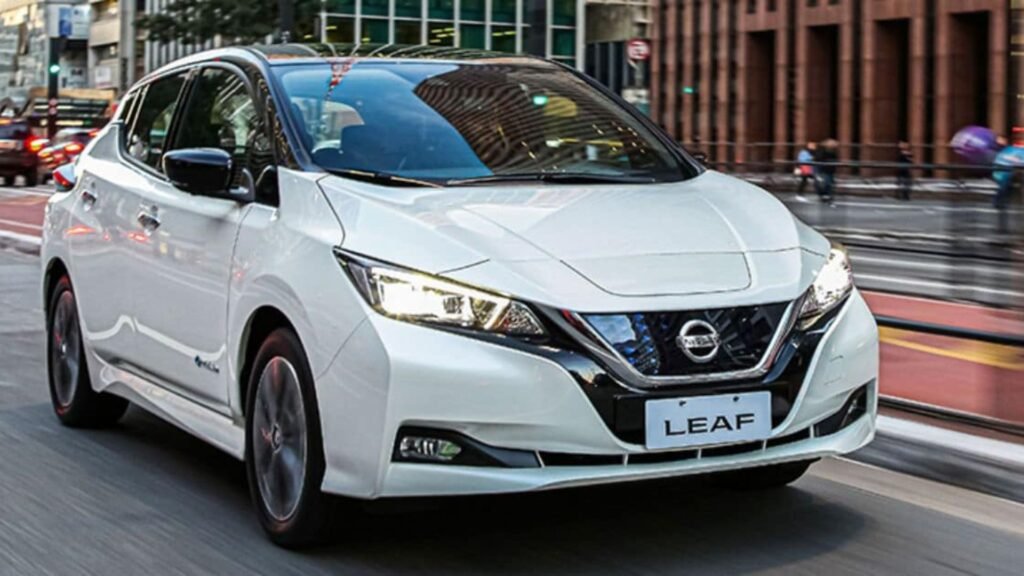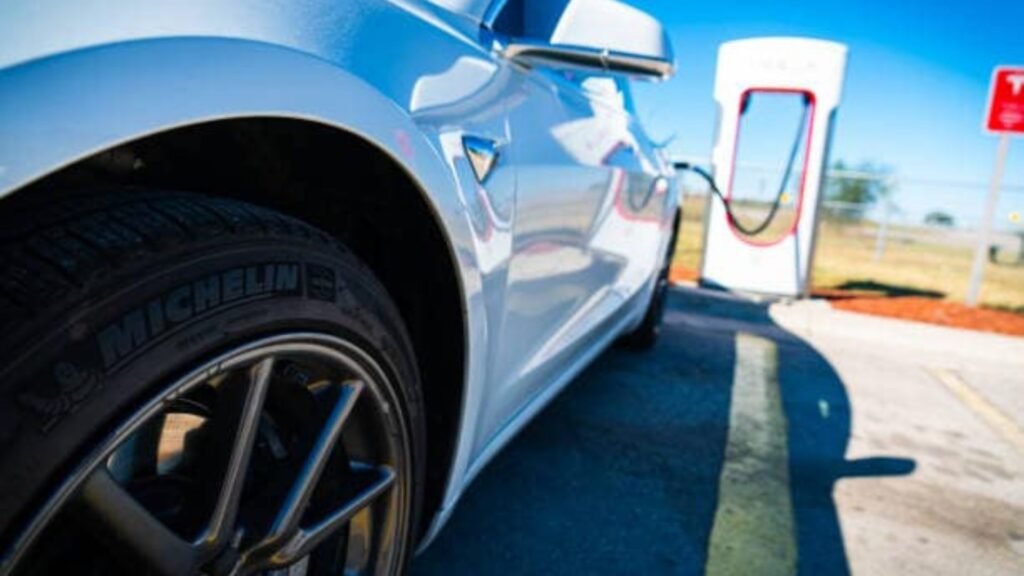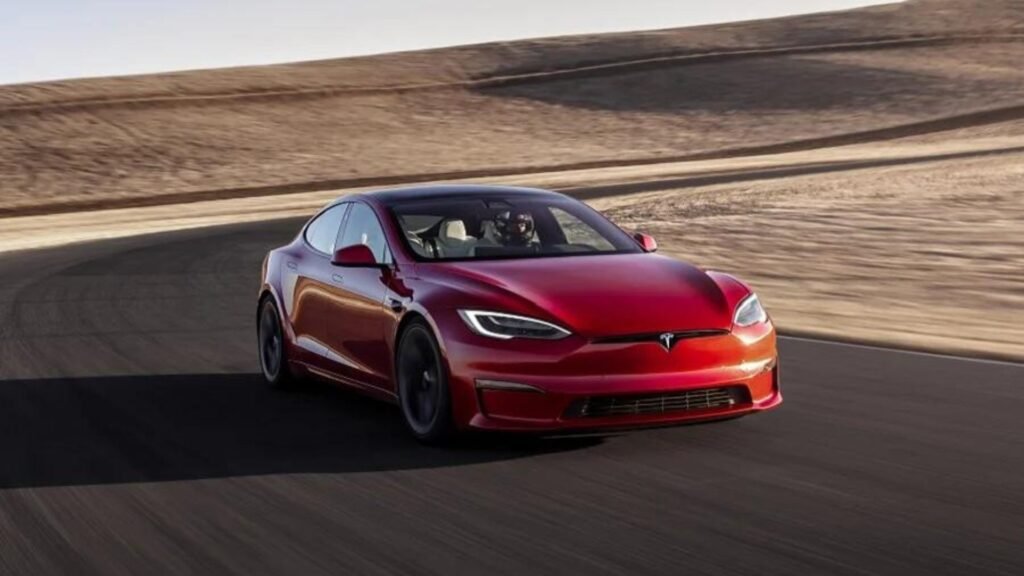The Rise of Electric Vehicles
Electric vehicles (EVs) have gained immense popularity in recent years. This shift toward EVs marks a significant change in how we approach transportation. Several factors contribute to the rise of electric vehicles, from technological advancements to environmental concerns. Let’s delve into how electric vehicles are changing the landscape of transportation.
Advancements in Technology
Firstly, technology has advanced significantly in the EV sector. Battery technology has improved, offering longer ranges and faster charging times. For instance, modern EVs now boast ranges that can cover most daily commutes on a single charge. Consequently, concerns about range anxiety have diminished, making EVs more practical for everyday use. Additionally, charging infrastructure has expanded, with more public charging stations available.
Innovative Vehicles and Exciting Online Entertainment
Exploring alternative automobiles pushes the boundaries of innovation and sustainability, while online platforms offer thrilling leisure options. For an engaging break, visit crazyvegas online casino and enjoy top-notch gaming experiences.
Environmental Benefits
Secondly, the environmental benefits of electric vehicles drive their popularity. EVs produce zero tailpipe emissions, reducing air pollution and greenhouse gas emissions. This aligns with global efforts to combat climate change. For example, cities and countries are setting ambitious targets to reduce carbon footprints. Therefore, many consumers are choosing EVs to contribute to a cleaner environment.
Government Incentives
Moreover, government incentives play a crucial role in the rise of EVs. Many governments offer tax credits, rebates, and other incentives to encourage EV adoption. These incentives lower the upfront cost of EVs, making them more affordable for consumers. For instance, some countries provide substantial subsidies for purchasing EVs or installing home charging stations. As a result, more people are making the switch to electric vehicles.
Growing Consumer Awareness
Additionally, growing consumer awareness contributes to the rise of electric vehicles. As more people learn about the benefits of EVs, interest in them increases. Media coverage, environmental campaigns, and educational efforts highlight the advantages of EVs, from cost savings on fuel to reduced maintenance needs. Consequently, consumers are more informed and willing to invest in electric vehicles.
Improving Infrastructure
Furthermore, improvements in charging infrastructure support the growth of EVs. Installing more charging stations in public areas and residential neighborhoods makes owning an EV more convenient. Rapid-charging technology also allows drivers to recharge their vehicles quickly during long trips. This convenience encourages more people to consider electric vehicles as a viable option for their transportation needs.
Challenges and Considerations
Despite the positive trends, challenges remain. The initial cost of EVs can still be high, although government incentives help offset this. Additionally, some areas lack sufficient charging infrastructure, which can be a barrier to EV adoption. However, ongoing advancements and investments in technology aim to address these challenges. For example, companies are working on lowering production costs and expanding charging networks.
Future Prospects
Looking ahead, the future of electric vehicles appears promising. Automakers are investing heavily in EV technology, developing new models, and exploring innovative solutions. As battery technology continues to advance, EVs will become even more affordable and efficient. Moreover, increased public and private investments in charging infrastructure will make owning an EV even more practical.
In conclusion, the rise of electric vehicles signifies a transformative shift in transportation. Technological advancements, environmental benefits, government incentives, and growing consumer awareness drive this trend. Despite some challenges, the future of EVs looks bright. As technology evolves and infrastructure improves, electric vehicles will become a more integral part of our transportation landscape. Embracing this change is crucial for a sustainable and cleaner future.

